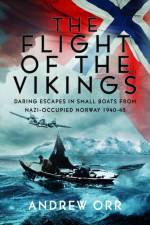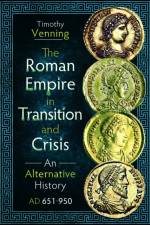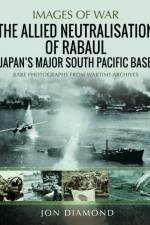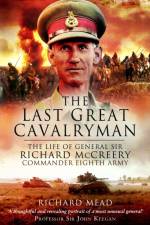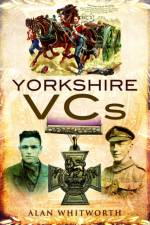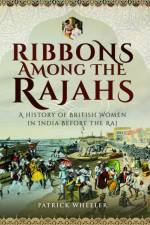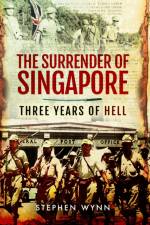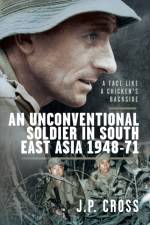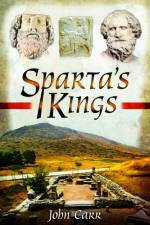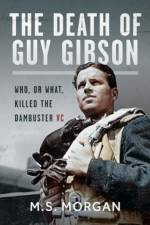av Nigel West
321
A well-informed defector is the most dangerous counter-intelligence commodity because it takes a spy to catch a spy. Very occasionally, an agent, especially a mole or an intelligence professional, will make a mistake and incriminate themselves, but usually it is a denunciation, a tip, or a vague clue from a defector that will provide the vital information required to expose the source of a leak.Relying on recently-declassified intelligence files and interviews with defectors, their handlers, their families, and their victims, Nigel West has analyzed nine examples of wartime and postwar defections to shed new light on the phenomenon.Defectors are notoriously difficult to handle, and resettle, because of the range of genuine or invented motives that led them to take such drastic action. Some will provide a noble political motive, seeking to impress their host, while others may be driven by less worthy compulsions - perhaps greed, revenge, career disappointment, envy, anger, or nothing more complicated that a desire to start a life afresh with a different partner.Defectors are the stock-in-trade for all counter-intelligence specialists who seek the background and context of corridor gossip and water-cooler chat cannot be substituted by any amount of technical surveillance, overhead reconnaissance or hard to-interpret intercepted communications. This is the essence of Human Intelligence, and goes to the heart of loyalty, trust, betrayal and deception - the very DNA of espionage.These nine examples of switching sides all involve intelligence professionals who followed the example of Erich Vermehren. Because of his religious convictions, Vermehren felt compelled to desert the Abwehr in January 1944, even though this meant the arrest of his parents and siblings who were consigned to Sachsenhausen concentration camp. West traced Vermehren, then living under an alias in Switzerland, to hear his story first-hand. He then interviewed the British MI6 officer who had engineered the covert exfiltration from Istanbul of both the German and his wife.Sometimes a defection may be the result of a period of cultivation, as happened with Vladimir Petrov, who was gently persuaded over many months by his Polish dentist to abandon his clandestine role as rezident in Canberra for a chicken farm. The intermediary, Dr Michael Bialoguski, admitted to the author that right up to the moment of his defection, he and his Australian Security Intelligence organization colleagues were not entirely sure of Petrov's true status.Once resettled, a defector's life has daily challenges, as was explained by Yuri Rastvorov's widow, herself a CIA counter-intelligence officer, who recalled the day she had to tell their two daughters that their father was not a Czech tennis coach, but an NKVD defector who had been based in Tokyo.

